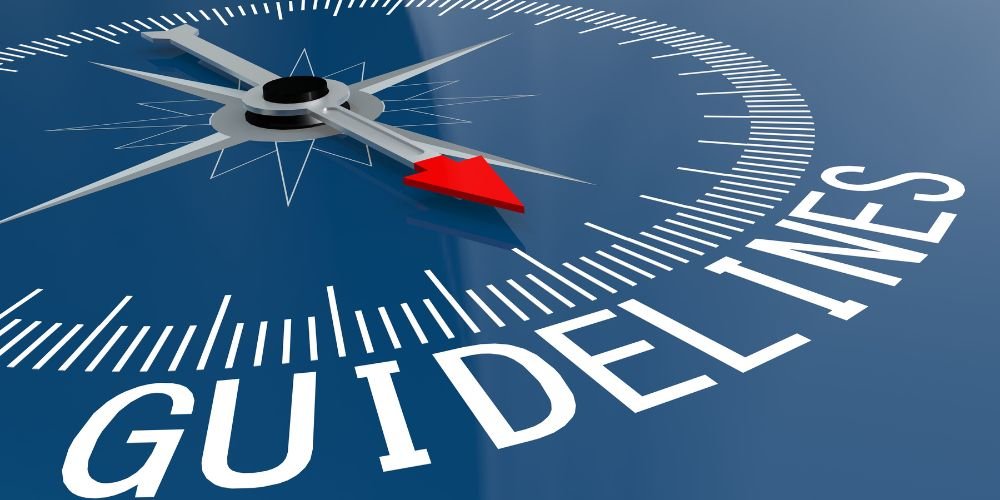Introduction:
Unprecedented Growth in the Drone Industry
The drone industry has experienced exponential growth in recent years, transforming various sectors from photography and videography to agriculture and delivery services while adhering to evolving drone Safety Rules & Regulations. However, with this rapid expansion comes an increased responsibility to ensure safety for both operators and the general public. In this blog post, we’ll delve into the current precautions and safety measures that govern the drone world, providing insights for enthusiasts, professionals, and policymakers alike.
Regulatory Framework
FAA Guidelines For Drone Safety Rules & Regulation: Ensuring Accountability in the U.S.

Drone laws In the USA, the Federal Aviation Administration FAA drone registration (FAA) plays a pivotal role in regulating drone operations. Key guidelines include:
- Registration Requirements: All drones weighing more than 0.55 pounds must be registered with the FAA.
- No-fly Zones: Strict regulations exist around airports, government buildings, and other sensitive areas. Operators must adhere to these restrictions to avoid endangering manned aircraft and critical infrastructure.
- Remote Identification: The FAA has implemented Drone Safety Guidelines Rules & Regulation for remote identification of drones to enhance airspace security and facilitate compliance monitoring.
Global Standards: Harmonizing Drone Regulations Worldwide
Beyond the U.S., international bodies like the International Civil Aviation Organization (ICAO) and European Union Aviation Safety Agency (EASA) establish global standards and best practices. These frameworks aim to harmonize regulations across borders, fostering safe and efficient drone operations on a global scale.
Technology Innovations:
Geofencing: Virtual Barriers for Enhanced Safety
Modern drones often feature geofencing capabilities that prevent them from entering restricted areas, such as airports or military zones. This technology acts as a virtual barrier, enhancing safety by limiting drone access to designated airspace.
Collision Avoidance Systems: Raal-time Obstacle Detection
Advanced drones come equipped with collision avoidance systems, leveraging sensors and AI algorithms to detect obstacles in real-time. These systems enable automated maneuvers to avoid collisions, mitigating risks during flight operations.
Operator Training and Certification
Part 107 Certification: Proficiency in Safe Drone Operations
Commercial drone operators in the United States of America must obtain an FAA Part 107 certification. Their expertise in operating abilities and aeronautical knowledge is demonstrated by this qualification. Ensuring that operators comprehend and adhere to standardised procedures is crucial. The accreditation is centred on safety and following rules and regulations for drone safty. It reflects a commitment to maintaining high standards in drone operations. In the end, it creates a professional standard for the drone sector and encourages safe and responsible airborne operations.
Training Programs: Equipping Operators with Essential Skills

Various training programs and educational resources are available globally for drone safety rules & regulation, which catering to both novice and experienced operators. These initiatives cover essential topics such as airspace regulations, emergency procedures, and ethical considerations, equipping individuals with the knowledge and skills to navigate the skies safely.
Community Engagement and Awareness:
Public Outreach Campaigns: Fostering Responsible Flying Practices
Stakeholders across the drone industry engage in public outreach campaigns to raise awareness about safety precautions and responsible flying drones in the usa. These initiatives foster a culture of accountability among operators, encouraging adherence to regulatory guidelines and ethical standards.
Collaboration with Law Enforcement: Enforcing Drone Regulations
Collaborative efforts between industry stakeholders and law enforcement agencies facilitate the enforcement of drone regulations. Through proactive monitoring and enforcement actions, authorities can address non-compliance issues effectively, safeguarding public safety and maintaining trust within the community.
Conclusion:
Prioritizing Drone Safety for Sustainable Drone Industry Growth
As the drone industry continues to evolve, prioritizing safety remains paramount to ensure sustainable growth and public acceptance. Drone Safety Rules & Regulation frameworks, technological innovations, operator training, and community engagement collectively contribute to a safer and more responsible drone ecosystem. By embracing these precautions and fostering collaboration among stakeholders, we can navigate the skies with confidence, unlocking the full potential of drone technology while safeguarding our communities.

